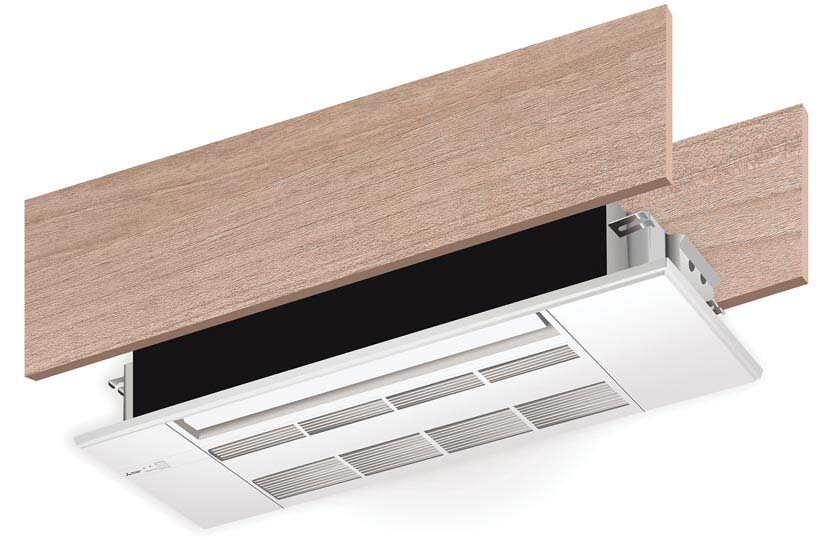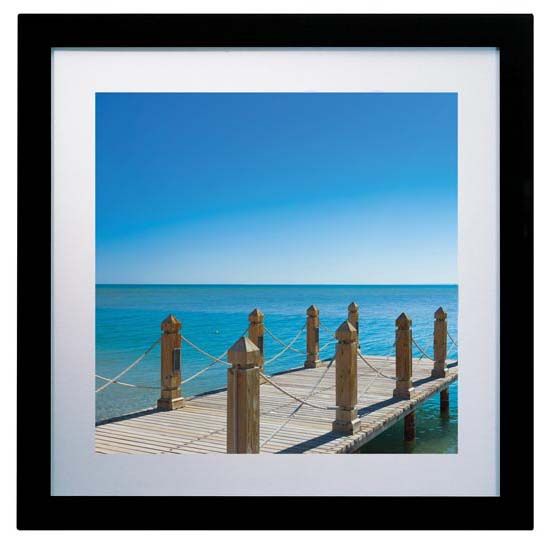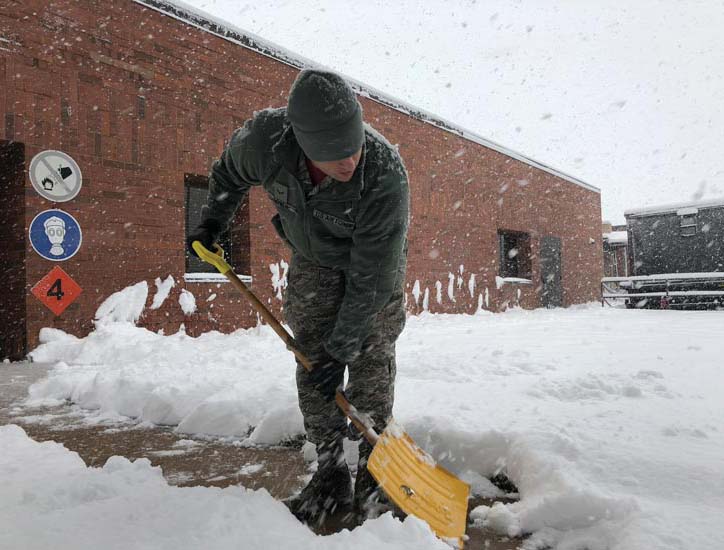Technavio, a market research firm, expects this year’s “split air conditioner” market to grow 5.24% worldwide, with incremental growth of $34.66 billion between 2019 and 2024. The Asia-Pacific region is expected to host 74% of that growth, and Technavio cites the desire for energy efficiency as a major driver.
Closer to home, the U.S. has seen its own dynamic unfold as perceptions evolve about residential ductless and ducted VRF options. Dissatisfaction with mini split heating performance in colder climates became a sort of stereotype in the early era of the domestic market.
Whether that impression was always entirely fair or not, the industry has countered that conventional wisdom in the last several years. Continued performance improvements across manufacturers have put heating on par with cooling as a draw for the mini split, and that in turn opens additional doors.
Sales Heating Up
Boston seems like a good place to see how this evolution is going.
Joseph C. Wood, owner of Boston Standard Heating & Plumbing, said his company has been a “huge proponent” and credits technological advances over the last decade as a driver in a market where an effective heating component “is paramount.”
“We went from doing a bonus room or a small section of the house to entire homes with ductless mini splits,” he said.
Alex Peterson, owner of 911 Heating & Air in Milwaukee, has also seen the extended reach firsthand in an area known for cold winters.
“Finding an application for use of an ultra low-ambient mini split has gotten much easier,” Peterson said. “Especially in older homes that suffer from insufficient ductwork on upper levels, or older homes with larger amounts of original plaster and woodwork.”
Peterson reported that improvements have contributed to 911 Heating’s mini split sales increasing “dramatically.” He sees the COPs as fairly comparable from brand to brand, adding that choosing a unit is easy after the appropriate Manual J calculation to determine the load.
At Boston Standard, Wood said “we do look to different brands for different items — for example, the Mitsubishi one-way ceiling units are one-of-a-kind, and the LG picture frame units are another example,” as they continue to look for innovative ways to meet customer needs.

WHATEVER IT TAKES: Boston Standard owner John Wood said the Mitsubishi 1-Way Ceiling Casettes are a one-of-a-kind innovation.

PICTURE IT: LG picture frame units integrate HVAC technology into a customer’s home by doubling as artwork.
Sales Tools and Managing Expectations
Do contractors run into any of that early “conventional wisdom” to overcome? The general sense seems to be that most customers are open to the idea that when it comes to some HVAC (as with many other areas of technology), designs do, in fact, get better over time.

COLD-WEATHER PATH: Opportunities are growing for contractors in colder climates, including converting condos and urban housing to mini splits.
“We drive our companies’ marketing off the heating performance almost exclusively, because cooling performance is a given in the consumer’s mind already,” said Wood. “Our job is to educate them on the heating side and what they can expect in cold weather.”
In Peterson’s experience, presenting spatial heat load calculations along with manufacturer’s specs has been enough to satisfy most customers. Testimonials from existing customers help quite a bit, too.
“To be honest, the discussions are more drawn out only when another contractor has quoted a unit that is not capable of performing in the fashion that the customer expects — i.e., subzero heating operation.”
That’s a good reminder that while this equipment has become a legitimate heating option for many colder areas where it was not common before, homeowners experiencing some remarkably cold temperatures for extended periods may still face limitations. Establishing realistic expectations can go a long way.
“Understanding COP [coefficients of performance] and how the unit’s efficiency changes as the outdoor temperature change is another important thing to discuss with customers,” Peterson advised.
“It is important that they know that their new equipment’s efficiency and performance is affected by outdoor temperature. I have found that basic knowledge of what they’re buying helps to ensure greater happiness post sale.”
Wood likes to tell potential customers about his own family in rural New Hampshire and their experience “ditching their pellet stoves” successfully.
These colder-weather successes suggest that contractors can find their own mix of the technical and the personal in putting customers at ease when it comes to heating.
In fact, while Peterson has found success in sharing info with customers “in simple, understandable fashion,” he has found more lingering reservation among contractors themselves, some of whom likely had significant experience with older models as opposed to many current customers.
He reiterated that contractors have to keep the design characteristics in mind. Newer model specs change as well.
COP and Carbon Footprints
Consider the array of relevant variables when preparing for a conversation with a customer or even for a mini split marketing plan.
In Milwaukee, Peterson hears recurring dissatisfaction from customers whose traditional systems are not heating second-floor areas well enough. Usually, adding ductwork is not an option.
However, energy prices also factor in.
“Having a unit capable of efficiently heating at low temperatures is important here since electricity for the purpose of heating tends to be much more expensive than natural gas (hence the importance of higher COPs),” he explained.
In Massachusetts, Wood relayed that clean sources for electricity are on the upswing, as is the movement to reduce the region’s carbon footprint.
“Air source heat pumps pair really nicely with this goal,” he said. Local environmental awareness dovetails into yet another variable for tailoring a strategy: local building stock.
“We are taking small condos and other urban type homes and converting them to mini splits with great success,” Wood said.
The Power of Positive Feedback
Hearing about advancements from manufacturers or reps is one thing. Hearing about comfort from customers is another. When asked about homeowner feedback, both contractors had something to share.
Peterson shared feedback from one customer who has lived with a Daikin RXL15 unit for a year.
“Heating-wise, it is amazing,” she wrote when Peterson checked in to see how things were going with the new equipment. In this case, the mission had been to improve one of those second-floor master bedrooms.
Wood’s feedback was not heating- or customer-specific, but if heating were subpar, he would hear about it.
“Mini split customers wind up being more excited than any other sort of customer,” he said. “More than clients with brands new furnaces or boilers installed, and we think this is because they’ve never owned anything like a ductless mini-split before, so the entire experience is new and exciting to them.”
As the equipment evolves to handle tougher temps, contractors in increasingly chilly territories may be able to expand their own mini split business if they stock up on the right technical, installation, and customer relations skills.



Report Abusive Comment